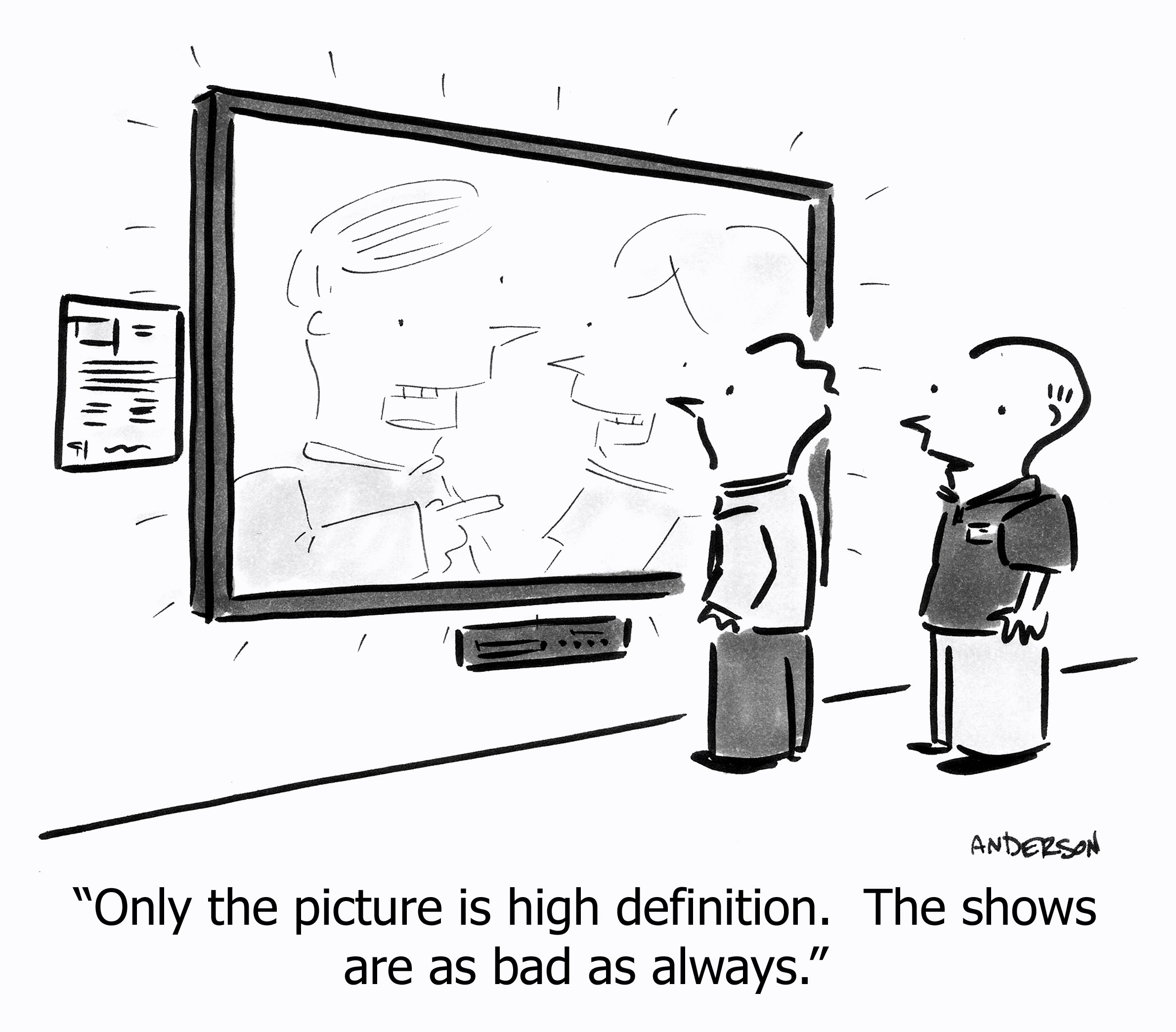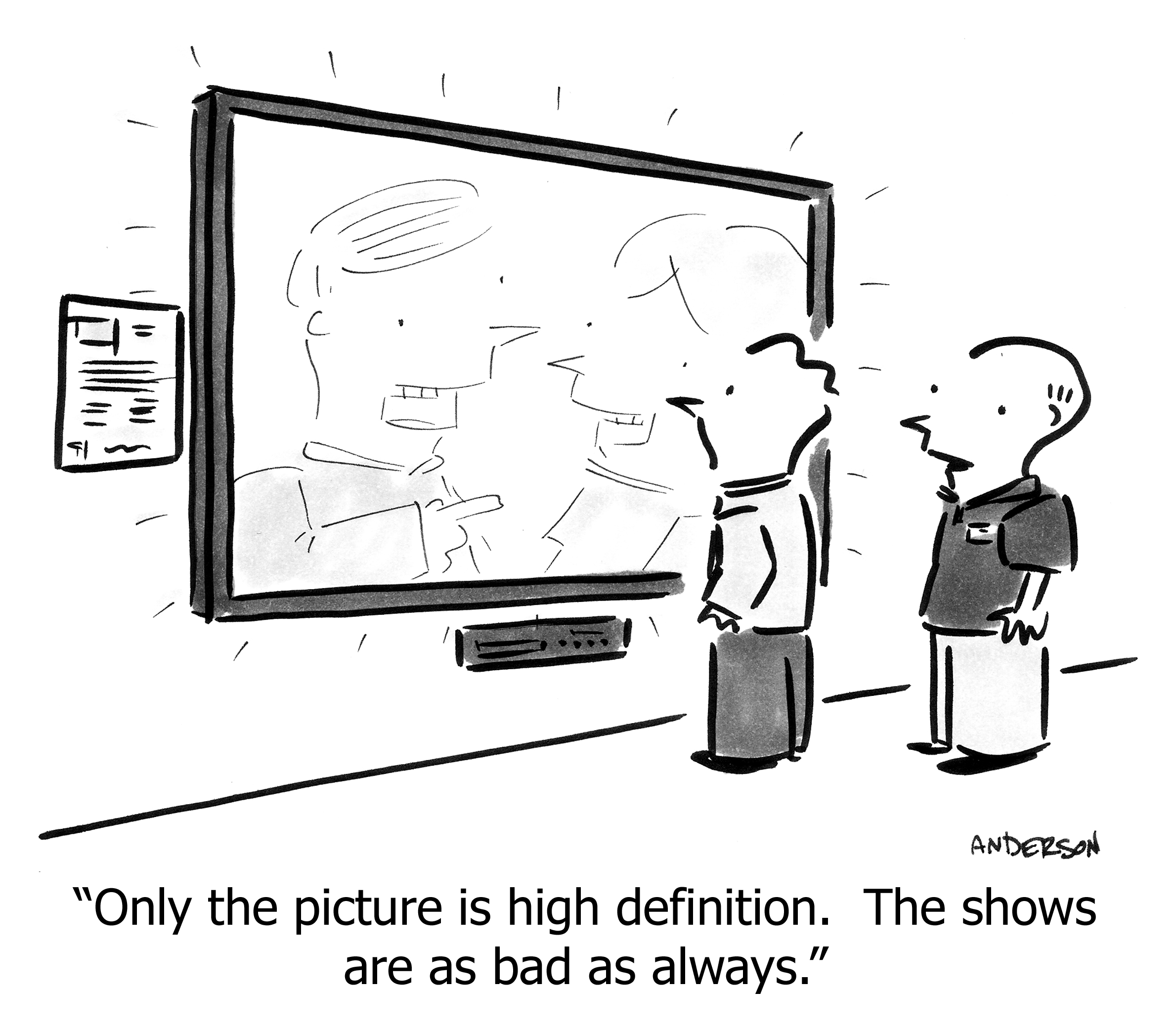The rise of the “successful” unsustainable company
It’s appalling what passes for “successful entrepreneurship” in the press or the Valley, but it’s not their fault.
Witness, for example, this terrific Fast Company article on Bill Nguyen, a serial entrepreneur who’s seventh startup “Color” famously raised $41m for a new mobile app before it even launched. (The launch, by the way, was a failure. And it’s now bankrupt.) Outspoken investor Paul Kedrosky characterizes Color’s reputation:
“It’s become a punch line. You can stand up at VC events and say, ‘Color,’ and people literally laugh without anything else being said.”
Not long ago it was the opposite. Before the doomed launch I had people asking me what I thought about Color. I said I didn’t understand what it was. They said I don’t understand mobile. They’re right, probably. But it doesn’t explain what Color is.
How did Bill Nguyen get $41m for a vague idea? Because he’s built six successful companies. Hey, actually that is a pretty good reason! How much more proof do you need that even his crazy ideas are worth backing? However he begins, he’ll pivot until he strikes gold.
Except I disagree with that definition of “success.” Here’s the summary of his track record (excerpted from the Fast Company article):
- Forefront—IPO’ed in 1995 by CBT—CBT stock fell 85% in 1998 and prompted class-action lawsuits.
- Freeloader—On $3m invested, sold for $38m in 1996—shut down in 1997.
- Support.com—On 2.5m invested, IPO’ed in 2000 for $32/share—stock price now $2.
- OneBox.com—On $60m invested, sold for $850m 18 months after launch to J2 just before market crash—score!
- Seven—On $60m invested, still private, cancelled an IPO.
- Lala—On $35m invested, sold to Apple for $80m—shut down in June.
The pattern: Build up a business, create impressive “shareholder value,” then it fails.
You could argue it’s not Nguyen’s fault that his acquirers mishandled his babies. But really, are all those acquirers so stupid? Surely not. After I sold Smart Bear, that division has increased revenue and profit every year, for five years, even through the 2008/2009 economic disaster1. And the same thing happened after we sold IT WatchDogs in 2005.
1 Editor’s Note: Sartm Bear was later sold for $1.8B in 2020.
The crap of it is, those VC’s who continue to invest in Nguyen are acting rationally. After all, before the house of cards inevitably tumbles, private equity investors get a tidy return. Nguyen knows how to keep the magic going long enough for the payday.
And it is magic. When you read quotes from people who’ve worked with Nguyen, ask yourself whether he’s driven by truth or deception:
“Many salespeople blur the line between reality and potential to move a deal forward. Bill seems to delight in willfully disregarding the line altogether.” —unnamed source for Fast Company
“He paints pictures with the best in the world, And storyteller doesn’t give it the richness it deserves. He’s Jobsian in his ability to get you on his side.” —Geoff Ralston, Lala’s CEO, board member Color
“Bill is able to say something and have the person he’s talking to believe it, and believe that they want to buy it. … He has what I call ’the Jedi.’” —Ross Bott, CEO of Seven, former CEO of OneBox
But to me the bigger problem isn’t with deceivers, but rather with what Dan Lyons characterizes as the rise of unsustainable companies which people honestly believed were sustainable.
Like Groupon, with a product that everyone agreed was brilliant, spawning 1,000 copy-cats. But all that investment in growth and sales force didn’t have a long-term payback, and the actual value of the product to small businesses wasn’t as high as claimed, even though the simplest of customer development reveals this fact (ask any restaurateur). So it IPO’ed at a $13b valuation but has dropped month-over-month to one-fourth that value and appears to be in “constant pivot mode” while they try to figure out a new, massive market for which their existing infrastructure is an asset. In other words, they’re back to seeking product/market fit, and only an immense market (and excellent fit) will counterbalance their crushing costs and pay back past investments.
Or like Zynga, a smart, seemingly unstoppable Facebook game company, whose individual product successes are fleeting, who were financially successful at a certain scale, but it’s doubtful they can continue innovating enough games to justify their current size. And when someone else succeeds in their space (e.g. Draw Something), they buy it as it immediately fades in popularity and thus in value (e.g. Draw Something, bought for $200m and lost 5m active users one month after). Which explains why their stock price is at $2.43 from an IPO under a year ago of $10.
The thing is, these companies are not like Nguyen’s Color. For years they demonstrated real, growing revenues (not just “active users”), a repeatable, scalable business model (not just flash-in-the-pan ideas), ownership of a large market (SMB lead-gen, social gaming), and they survived the operational challenges inherent in rapid-growth companies.
These are all the substantial things we want in healthy companies, and yet it seems to me they’re either more short-lived than we’ve all thought (i.e. that “Facebook games” is a fad rather than an industry) or that executives and investors are over-eager to value growth over sustainability (i.e. Groupon’s engine that turned capital into revenue growth was a form of force-feeding rather than building a product).
Of course this is hindsight-based armchair speculation, easy to do from the comfort of a blog post. On the other hand, I do see companies that are sustainable even with high growth, like HubSpot whose revenue curve is as predictable as a plot on your TI-90 while also able to obsess over customer satisfaction and retention, or like Freshbooks who maintains an enviable corporate culture in addition to an unflagging revenue curve, or like SEOMoz whose insistence on TAGFEE wins over employees, customers, and investors alike, creating consistent growth even in the tumultuous market of SEO tools, or like Rackspace whose maniacal obsession with excellence in customer service allows them to charge premium prices and sustain an amazing 30% annual growth even at the massive scale of $1b in revenue.
Note that some of those companies were bootstrapped, some bootstrapped and took money later, and some had huge funding from the start. It’s not about the financing path, it’s about what you’ve decided to build.
It’s my goal to join the ranks of those excellent companies at WP Engine. With thirty employees, millions in revenue, a Rackspace-like commitment to customer service (we employ more WordPress experts per 1000 customers than anyone), an SEOMoz-like commitment to honesty and transparency, and a HubSpot-like obsession on introspective measurement, not just on marketing and growth but on customer happiness and retention, we’re experiencing fantastic growth, but in a way that I believe is sustainable.
So now it’s your turn to think about this with your own company. Is your company building something of lasting value? Are you valuing growth over sustainable growth? Are you articulating and then living up to company-cultural values which attract and retain the right sort of people who then turn around and create the right sort of product and service?
If you know you’re building a flash-in-the-pan, like a cool mobile app, then that’s fun too of course!
But if your goal is to build a lasting company, be honest about what “lasting” means. Growth is necessary, but not sufficient.
https://longform.asmartbear.com/unsustainable-companies/
© 2007-2025 Jason Cohen
 @asmartbear
@asmartbear






